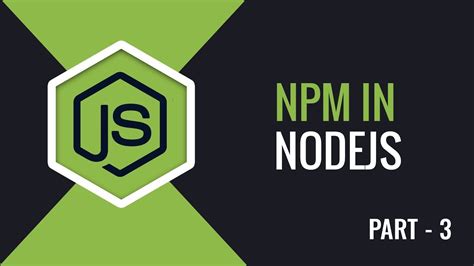In a developer’s world dominated by JavaScript frameworks and runtime environments, the conversation around ES Modules (ESM) versus CommonJS (CJS) has become almost ubiquitous. With the introduction of ES Modules, NodeJS entered a new era—a promise to unify the way we manage modules in both client and server-side JavaScript. However, the transition has not been as seamless as anticipated. Many developers are finding it difficult to move away from the familiar `require` and `module.exports` syntax of CommonJS. The tension is palpable, and some suggest NodeJS should take more decisive action to make ES Modules easier to use, if not make it the default entirely.
One might ask why this transition is causing so many headaches. The answer lies in the world of compatibility and ecosystem fragmentation. As one comment succinctly mentions, ‘If it does happen, it’ll only cause more fragmentation.’ This sentiment echoes the Python 2 to Python 3 migration fiasco. Python developers faced nearly a decade of division between two versions of the language, causing substantial delays in adopting the newer version. NodeJS risks a similar fate unless a transitional path is both clear and compelling. A significant portion of the ecosystem still relies on CommonJS, making the migration daunting, if not downright impractical, without a clear incentive and effective tools to aid the transition. Forcing developers to choose might make the community resist, causing more harm than good.
In the midst of this transition, some propose innovative solutions, such as a compatibility layer or a built-in transpiler to handle CommonJS modules. However, these ideas also come with their own set of issues. A transpiler, as noted in the comments, might introduce startup delays which could be a ‘death blow to the ecosystem.’ On the other hand, direct runtime solutions such as ‘ripping that runtime code out of Node and providing it as a compatibility library’ could allow for smoother transitions but introduce further complexities. The fact remains that backward compatibility is essential, yet painful, and should be carefully managed to avoid creating new bottlenecks or performance issues.
Here’s a practical example of how these complexities unfold. When dealing with a new module that has switched to ES Modules, developers must often rewrite a considerable amount of existing code. To illustrate, here’s a common issue developers face: trying to use the `node-fetch` library in a project. The transition from CommonJS can sometimes go like this:
npm install node-fetch
const fetch = require('node-fetch');
Error [ERR_REQUIRE_ESM]: require() of ES ModuleThis kind of error is frustrating. It not only highlights the nuances involved in handling different module systems but also underscores the need for a more unified approach. Solutions like these should be anticipated and ideally, proactively managed by NodeJS to make developers’ lives less cumbersome.
A potentially unifying solution that some comments have pointed out is to adopt more pragmatic methods, blending the best of both worlds, such as using Bun’s approach. Bun—a fast all-in-one JavaScript runtime—emphasizes compatibility by allowing both `require` and `import` syntax to coexist seamlessly. This provides a smoother transition path because it doesn’t force developers to entirely refactor their codebases immediately. Developers can incrementally adapt ES Modules, minimizing the disruptions that slow down the development cycle and productivity.
Instead of framing the debate around the absolute superiority of ES Modules over CommonJS, we might benefit more from emphasizing practical, incremental improvements. For instance, creating a tool to manage these transitions more smoothly could work wonders. import "module" assert {type: 'js'}; illustrates a potential forward-thinking solution, incorporating checks that allow better compatibility while maintaining stability.
In conclusion, while the ES Module system represents the future direction of JavaScript under the ECMAScript standards, NodeJS should take a balanced approach. By ensuring that the transition tools are in place, embracing pragmatism over ideology, and perhaps even taking cues from other runtimes like Bun, NodeJS can bridge the gap effectively. This way, the ecosystem can move forward without leaving a significant portion of its community behind. As we await these changes, it’s a collective journey for developers to adopt and adapt—one pragmatic step at a time.


Leave a Reply